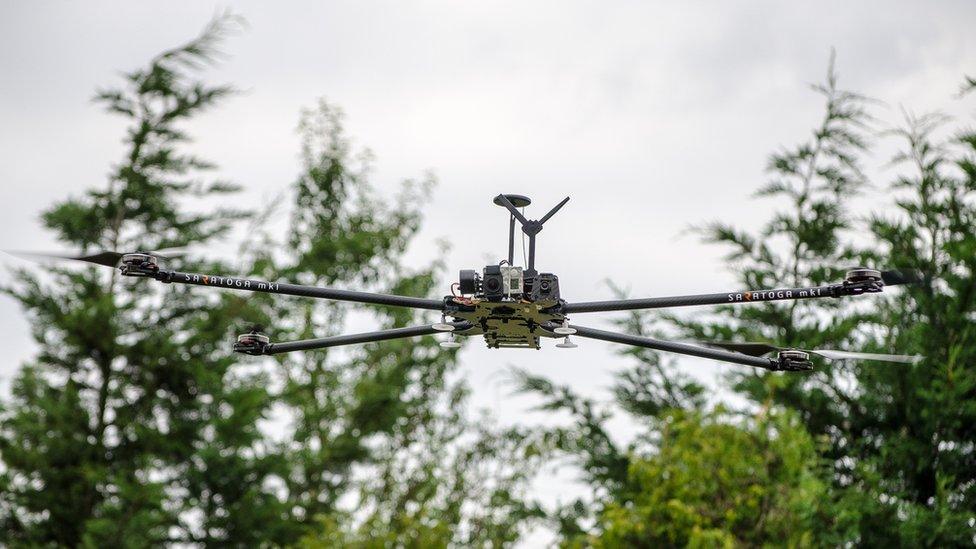UK revises safe flying drone code
- Published
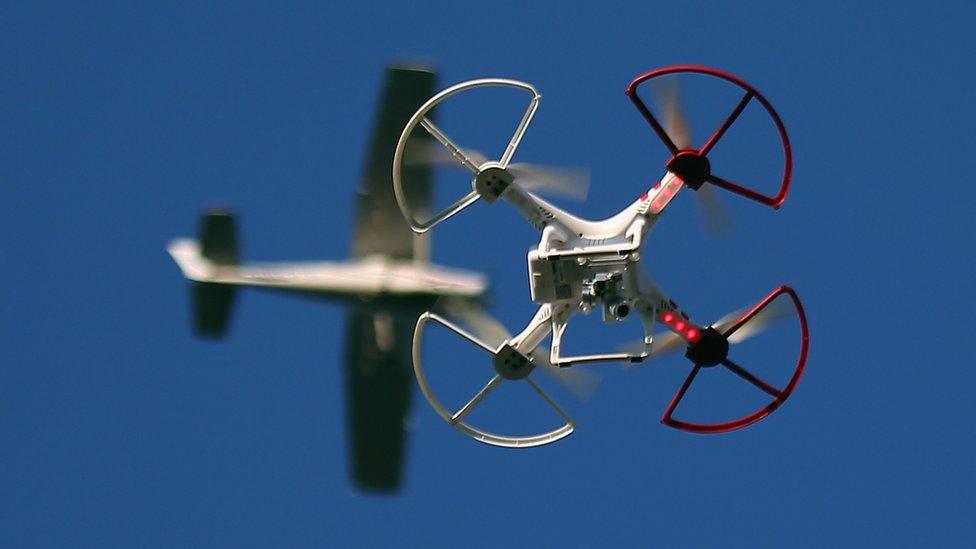
The Civil Aviation Authority said the use of drones had increased significantly in recent years
The UK's drone code has been revised and updated to help pilots of the unmanned craft ensure they fly the gadgets safely.
The Civil Aviation Authority (CAA) said it wanted to raise awareness among people who may get a drone as a gift.
Research carried out by the CAA suggests about 39% of owners know about the safe-flying regulations.
The update comes after four near-misses between between drones and civil aircraft were reported in October.
Rising reports
"Drones are an incredible, inspiring technology but it's vital that people are using them safely," said Andrew Sage from air traffic control body NATS in a statement., external
"With the number of reported drone incidents on the rise, it's important that people understand their legal obligations and fly safe," he said.
The revised code turns the five main safety tips into a mnemonic, spelling drone, to make it easier to remember.
Don't fly near airports or airfields
Remember to stay below 120m (400ft) and at least 50m (150ft) away from people
Observe your drone at all times
Never fly near aircraft
Enjoy responsibly
The CAA has also updated it dronesafe website, external which collects information about how to operate the unmanned craft safely.
The CAA and NATS are also working with online and high street retailers to ensure that customers are told about their responsibilities when they buy a drone.
CAA research suggests that only 36% of drone buyers get guidance about safe flying at the point of sale.
The UK Airprox Board reported four separate near-miss incidents in October involving drones. One took place near Liverpool Airport and the other three happened on consecutive days at Heathrow.
The Airprox board said 56 near-miss incidents had been recorded so far in 2016 compared to 29 in 2015.
Some European bodies are pushing for drone makers to include "geo-fencing" systems that automatically stop the craft being flown into danger areas such as airfields.
- Published17 November 2016

- Published25 October 2016
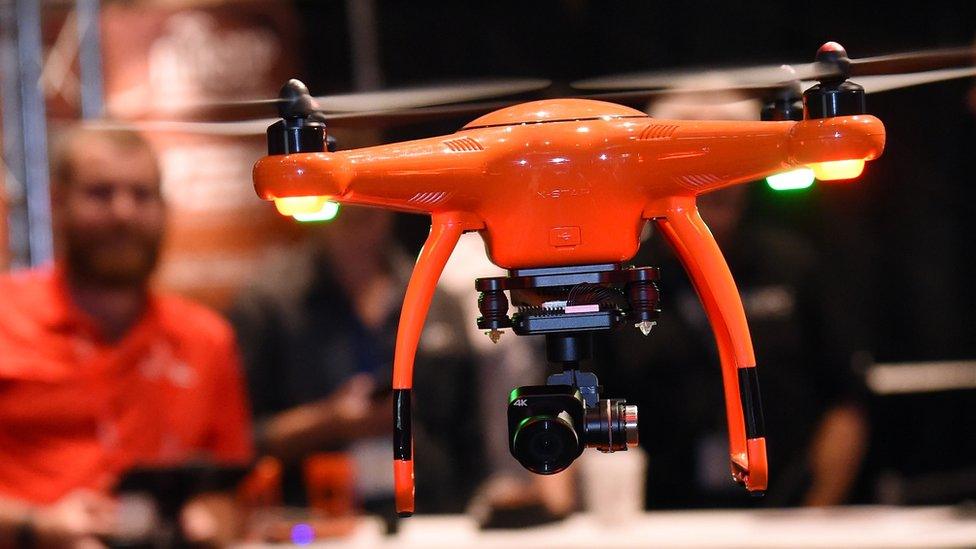
- Published6 September 2016
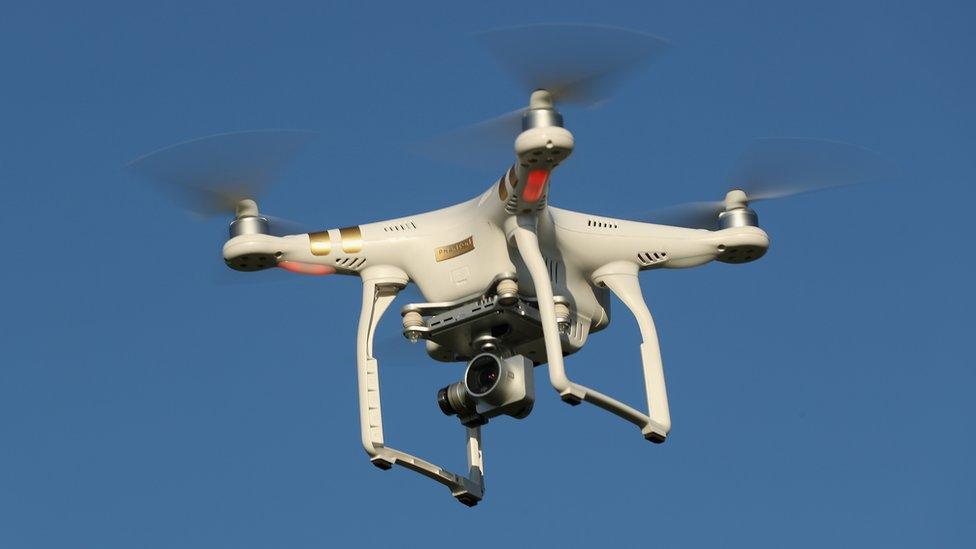
- Published1 August 2016
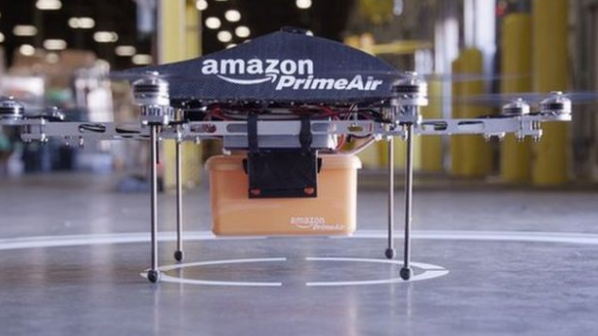
- Published7 July 2016

- Published26 July 2016
